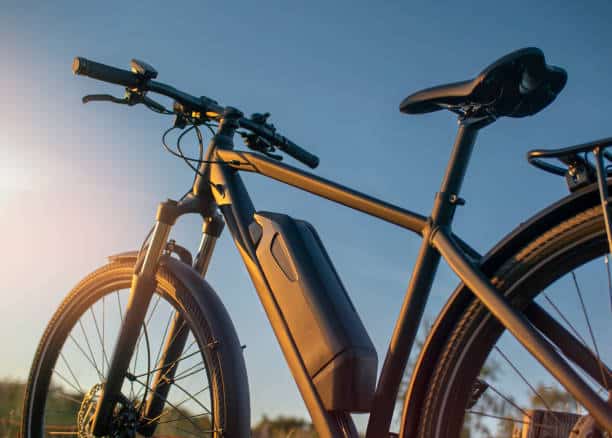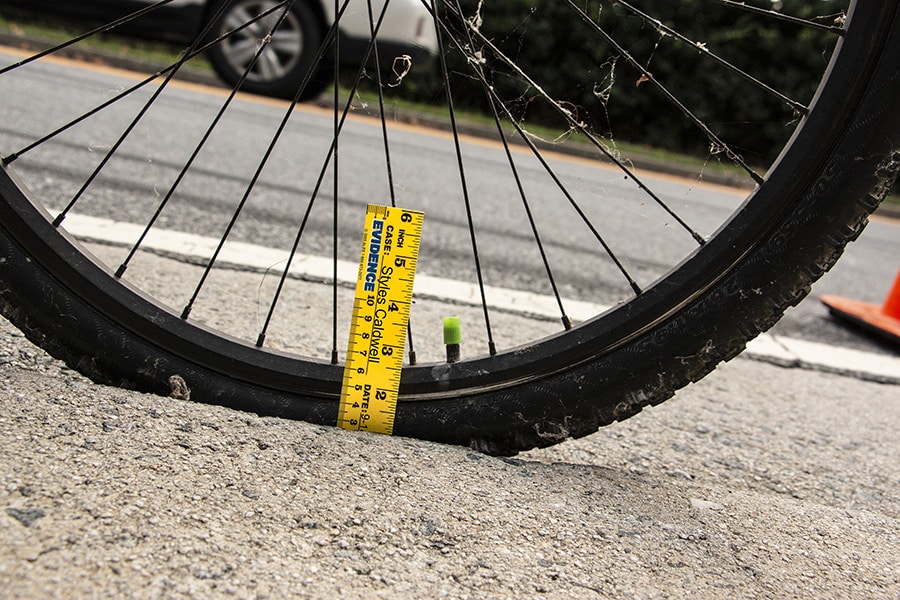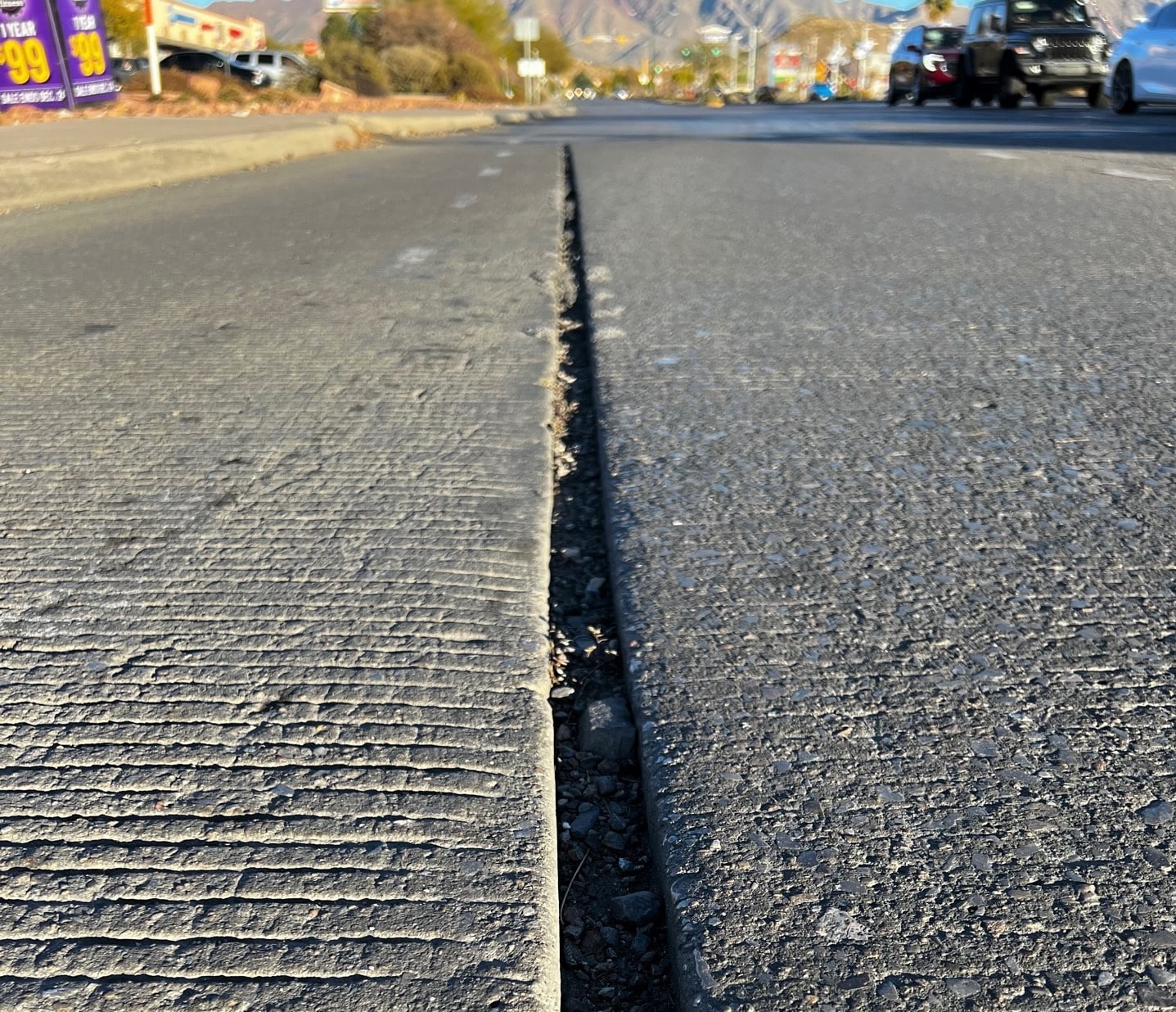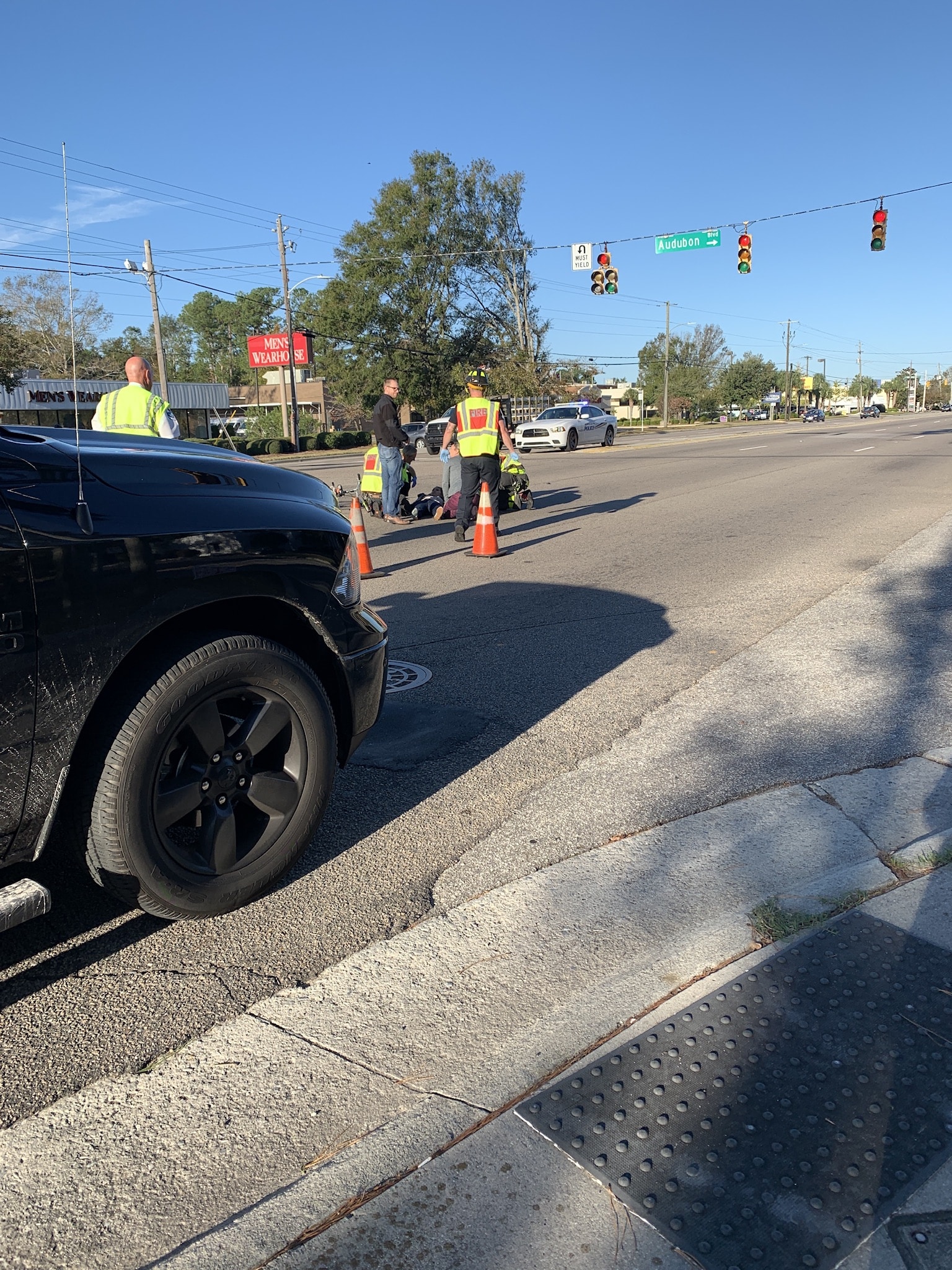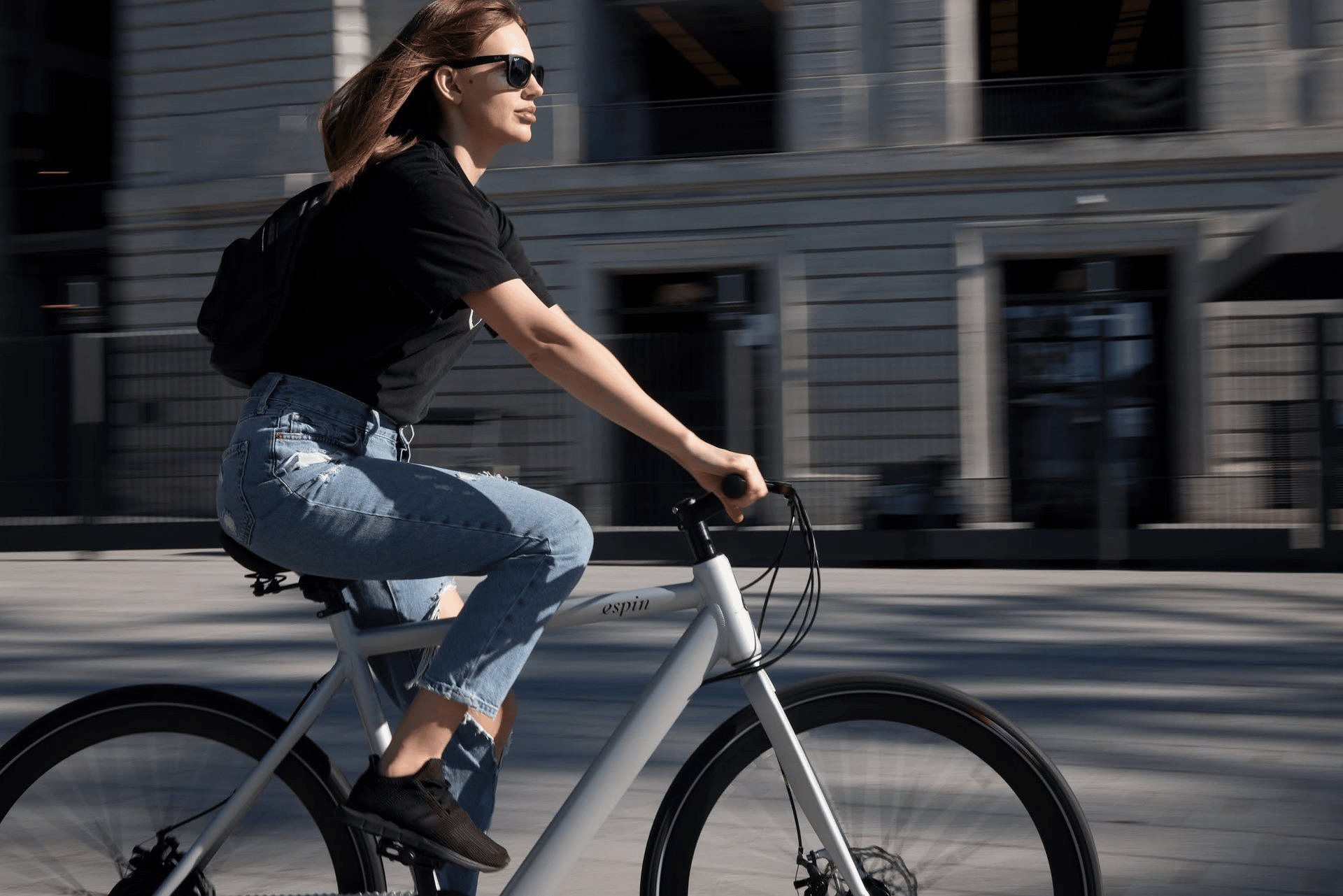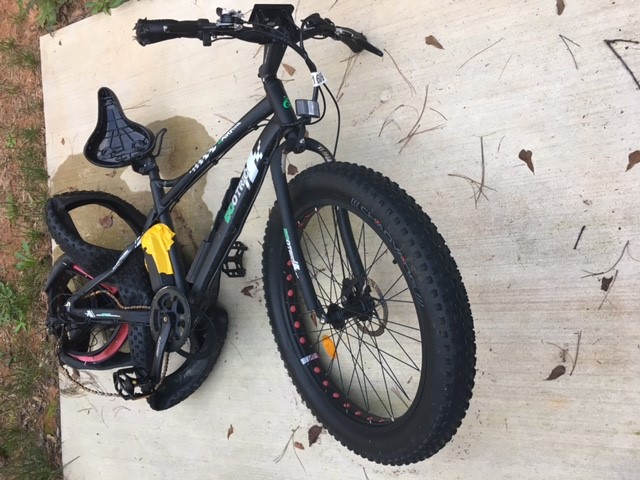On August 9, 2017, the Colorado bicycle law that regulates the operation of bicycles in our State changed again based on the advent of electrical assisted bicycles or “e-bikes.” E-bikes have gained in popularity over the years and there has been a push by the bike industry and People for Bikes to have uniform legislation nationwide so it will be easier to know where to ride each type of e-bikes.
The controlling statute in Colorado for most of the bike laws is C.R.S. Section 42-4-1412* and for electric bikes as defined in C.R.S. Section 42-1-102. This statute was expanded to add the 3 categories or classes of E-bikes. E-bike Class I is for a pedal assist and provides electrical assistance up to 20 mph. E-bike Class II provides electrical power when the rider is pedaling or not and stops giving power when the e-bike reaches the speed of 20 mph. E-bike Class III provides electrical power up to 28 mph. In Colorado, Category I and II can be ridden on a bike, pedestrian or multi-use paths. Class III can only be ridden on public roads. Also note that Class 3 E-bikes are not allowed for riders under age 16, and the law also requires the rider or passenger of a Class 3 E-bike under age 18 to wear a bike helmet with the strap in place while the Class 3 E-bike is in motion. I recommend that all cyclists and passengers wear helmets (e-bike or not), but the law only has the specific rule for the Class 3 e-bikes at this time.
Local Colorado Towns have Different E-Bike Laws
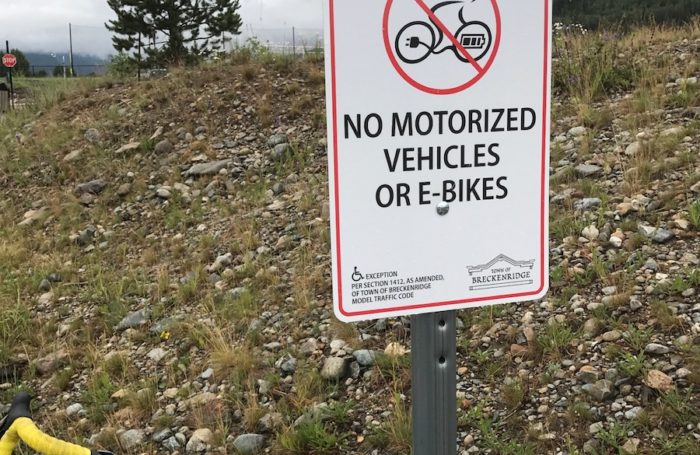
Local cities and towns have the last word and control on where electric bikes can be ridden. For example, Breckenridge has a great system of bicycle paths and trails. The most popular bicycle path that connects Breckenridge to Frisco does not allow electric bikes. To give more context, this bicycle path has never allowed motor vehicles to be used, so not allowing electric bikes was a step that the Town Breckenridge decided to make for the safety of the path (or facility as the town planners call it) users.
Many cities and towns have yet to have a specific rule for e-bikes, so then the State Law controls the use of electric bikes.
Electric bikes are the future and Colorado is leading the way to make them more accessible and regulated so they will be a viable mode of transportation into the future.
Colorado E-Bike Laws
* § 42-4-1412. Operation of bicycles and other human-powered vehicles [Effective 8/9/2017]
(1) Every person riding a bicycle or electrical assisted bicycle shall have all of the rights
and duties applicable to the driver of any other vehicle under this article, except as to
special regulations in this article and except as to those provisions which by their nature
can have no application. Said riders shall comply with the rules set forth in this section
and section 42-4- 221, and, when using streets and highways within incorporated cities
and towns, shall be subject to local ordinances regulating the operation of bicycles and
electrical assisted bicycles as provided in section 42-4- 111.
(2) It is the intent of the general assembly that nothing contained in House Bill No. 1246,
enacted at the second regular session of the fifty-sixth general assembly, shall in any
way be construed to modify or increase the duty of the department of transportation or
any political subdivision to sign or maintain highways or sidewalks or to affect or
increase the liability of the state of Colorado or any political subdivision under the “Colorado Governmental Immunity Act”, article 10 of title 24 , C.R.S.
(3) No bicycle or electrical assisted bicycle shall be used to carry more persons at one time
than the number for which it is designed or equipped.
(4) No person riding upon any bicycle or electrical assisted bicycle shall attach the same or
himself or herself to any motor vehicle upon a roadway.
(5)
(a) Any person operating a bicycle or an electrical assisted bicycle upon a roadway
at less than the normal speed of traffic shall ride in the right-hand lane, subject
to the following conditions:
(I) If the right-hand lane then available for traffic is wide enough to be
safely shared with overtaking vehicles, a bicyclist shall ride far enough
to the right as judged safe by the bicyclist to facilitate the movement of
such overtaking vehicles unless other conditions make it unsafe to do
so.
(II) A bicyclist may use a lane other than the right-hand lane when:
(A) Preparing for a left turn at an intersection or into a private
roadway or driveway;
(B) Overtaking a slower vehicle; or
(C) Taking reasonably necessary precautions to avoid hazards or
road conditions.
(III) Upon approaching an intersection where right turns are permitted and
there is a dedicated right-turn lane, a bicyclist may ride on the left-
hand portion of the dedicated right-turn lane even if the bicyclist does
not intend to turn right.
(b) A bicyclist shall not be expected or required to:
(I) Ride over or through hazards at the edge of a roadway, including but
not limited to fixed or moving objects, parked or moving vehicles,
bicycles, pedestrians, animals, surface hazards, or narrow lanes; or
(II) Ride without a reasonable safety margin on the right-hand side of the
roadway.
(c) A person operating a bicycle or an electrical assisted bicycle upon a one-way
roadway with two or more marked traffic lanes may ride as near to the left-hand
curb or edge of such roadway as judged safe by the bicyclist, subject to the
following conditions:
(I) If the left-hand lane then available for traffic is wide enough to be
safely shared with overtaking vehicles, a bicyclist shall ride far enough
to the left as judged safe by the bicyclist to facilitate the movement of
such overtaking vehicles unless other conditions make it unsafe to do
so.
(II) A bicyclist shall not be expected or required to:
(A) Ride over or through hazards at the edge of a roadway,
including but not limited to fixed or moving objects, parked
or moving vehicles, bicycles, pedestrians, animals, surface
hazards, or narrow lanes; or
(B) Ride without a reasonable safety margin on the left-hand side
of the roadway.
(6)
(a) Persons riding bicycles or electrical assisted bicycles upon a roadway shall not
ride more than two abreast except on paths or parts of roadways set aside for
the exclusive use of bicycles.
(b) Persons riding bicycles or electrical assisted bicycles two abreast shall not
impede the normal and reasonable movement of traffic and, on a laned
roadway, shall ride within a single lane.
(7) A person operating a bicycle or electrical assisted bicycle shall keep at least one hand on
the handlebars at all times.
(8)
(a) A person riding a bicycle or electrical assisted bicycle intending to turn left
shall follow a course described in sections 42-4- 901(1), 42-4- 903, and 42-4-
1007 or may make a left turn in the manner prescribed in paragraph (b) of this
subsection (8).
(b) A person riding a bicycle or electrical assisted bicycle intending to turn left
shall approach the turn as closely as practicable to the right-hand curb or edge
of the roadway. After proceeding across the intersecting roadway to the far
corner of the curb or intersection of the roadway edges, the bicyclist shall stop,
as much as practicable, out of the way of traffic. After stopping, the bicyclist
shall yield to any traffic proceeding in either direction along the roadway that
the bicyclist had been using. After yielding and complying with any official
traffic control device or police officer regulating traffic on the highway along
which the bicyclist intends to proceed, the bicyclist may proceed in the new
direction.
(c) Notwithstanding the provisions of paragraphs (a) and (b) of this subsection (8),
the transportation commission and local authorities in their respective
jurisdictions may cause official traffic control devices to be placed on roadways
and thereby require and direct that a specific course be traveled.
(9)
(a) Except as otherwise provided in this subsection (9), every person riding a
bicycle or electrical assisted bicycle shall signal the intention to turn or stop in
accordance with section 42-4- 903 ; except that a person riding a bicycle or
electrical assisted bicycle may signal a right turn with the right arm extended
horizontally.
(b) A signal of intention to turn right or left when required shall be given
continuously during not less than the last one hundred feet traveled by the
bicycle or electrical assisted bicycle before turning and shall be given while the
bicycle or electrical assisted bicycle is stopped waiting to turn. A signal by
hand and arm need not be given continuously if the hand is needed in the
control or operation of the bicycle or electrical assisted bicycle.
(10)
(a) A person riding a bicycle or electrical assisted bicycle upon and along a
sidewalk or pathway or across a roadway upon and along a crosswalk shall
yield the right-of- way to any pedestrian and shall give an audible signal before
overtaking and passing such pedestrian. A person riding a bicycle in a
crosswalk shall do so in a manner that is safe for pedestrians.
(b) A person shall not ride a bicycle or electrical assisted bicycle upon and along
a sidewalk or pathway or across a roadway upon and along a crosswalk where
such use of bicycles or electrical assisted bicycles is prohibited by official
traffic control devices or local ordinances. A person riding a bicycle or
electrical assisted bicycle shall dismount before entering any crosswalk where
required by official traffic control devices or local ordinances.
(c) A person riding or walking a bicycle or electrical assisted bicycle upon and
along a sidewalk or pathway or across a roadway upon and along a crosswalk
shall have all the rights and duties applicable to a pedestrian under the same
circumstances, including, but not limited to, the rights and duties granted and
required by section 42-4- 802.
(d) (Deleted by amendment, L. 2005, p. 1353, §1, effective July 1, 2005.)
(11)
(a) A person may park a bicycle or electrical assisted bicycle on a sidewalk unless
prohibited or restricted by an official traffic control device or local ordinance.
(b) A bicycle or electrical assisted bicycle parked on a sidewalk shall not impede
the normal and reasonable movement of pedestrian or other traffic.
(c) A bicycle or electrical assisted bicycle may be parked on the road at any angle
to the curb or edge of the road at any location where parking is allowed.
(d) A bicycle or electrical assisted bicycle may be parked on the road abreast of
another such bicycle or bicycles near the side of the road or any location
where parking is allowed in such a manner as does not impede the normal and
reasonable movement of traffic.
(e) In all other respects, bicycles or electrical assisted bicycles parked anywhere
on a highway shall conform to the provisions of part 12 of this article
regulating the parking of vehicles.
(12)
(a) Any person who violates any provision of this section commits a class 2
misdemeanor traffic offense; except that section 42-2- 127 shall not apply.
(b) Any person riding a bicycle or electrical assisted bicycle who violates any
provision of this article other than this section which is applicable to such a
vehicle and for which a penalty is specified shall be subject to the same
specified penalty as any other vehicle; except that section 42-2- 127 shall not
apply.
(13) Upon request, the law enforcement agency having jurisdiction shall complete a report
concerning an injury or death incident that involves a bicycle or electrical assisted
bicycle on the roadways of the state, even if such accident does not involve a motor
vehicle.
(14)
(a)
(I) a person may ride a class 1 or class 2 electrical assisted bicycle on a
bike or pedestrian path where bicycles are authorized to travel.
(II) A local authority may prohibit the operation of a class 1 or class 2
electrical assisted bicycle on a bike or pedestrian path under its
jurisdiction.
(b) A person shall not ride a class 3 electrical assisted bicycle on a bike or
pedestrian path unless:
(I) The path is within a street or highway; or
(II) The local authority permits the operation of a class 3 electrical
assisted bicycle on a path under its jurisdiction.
(15)
(a) A person under sixteen years of age shall not ride a class 3 electrical assisted
bicycle upon any street, highway, or bike or pedestrian path; except that a
person under sixteen years of age may ride as a passenger on a class 3
electrical assisted bicycle that is designed to accommodate passengers.
(b) A person shall not operate or ride as a passenger on a class 3 electrical
assisted bicycle unless:
(I) Each person under eighteen years of age is wearing a protective
helmet of a type and design manufactured for use by operators of
bicycles;
(II) The protective helmet conforms to the design and specifications set
forth by the United States consumer product safety commission or
the American Society for Testing and Materials; and
(III) The protective helmet is secured properly on the person’s head with
a chin strap while the class 3 electrical assisted bicycle is in motion.
(c) A violation of subsection (15)(b) of this section does not constitute negligence
or negligence per se in the context of any civil personal injury claim or lawsuit
seeking damages.
Cite as C.R.S. § 42-4- 1412
(28.5) “Electrical assisted bicycle” means a vehicle having two or three wheels,
fully operable pedals, and an electric motor not exceeding seven hundred
fifty watts of power. Electrical assisted bicycles are further required to
conform to one of three classes as follows:
(a) “Class 1 electrical assisted bicycle” means an electrical assisted bicycle
equipped with a motor that provides assistance only when the rider is
pedaling and that ceases to provide assistance when the bicycle reaches a
speed of twenty miles per hour.
(b) “Class 2 electrical assisted bicycle” means an electrical assisted bicycle
equipped with a motor that provides assistance regardless of whether the
rider is pedaling but ceases to provide assistance when the bicycle reaches
a speed of twenty miles per hour.
(c) “Class 3 electrical assisted bicycle” means an electrical assisted bicycle
equipped with a motor that provides assistance only when the rider is
pedaling and that ceases to provide assistance when the bicycle reaches a
speed of twenty-eight miles per hour.
*By way of history, the bike law or C.R.S. Section 42-4-1412 was amended in 2005 to give the bicyclists more flexibility in judging what are safe conditions for riding in the roadway.

Colorado bicycle accident lawyer Brian Weiss is an accomplished trial lawyer with over 26 years of experience, and he has tried over 40 jury trials. Aside from having been in a bike crash himself, Brian has counseled over 200 people who have been in bike crashes.
Download and share Brian’s E-Book: The Rules Of The Road For Colorado Cyclists.




